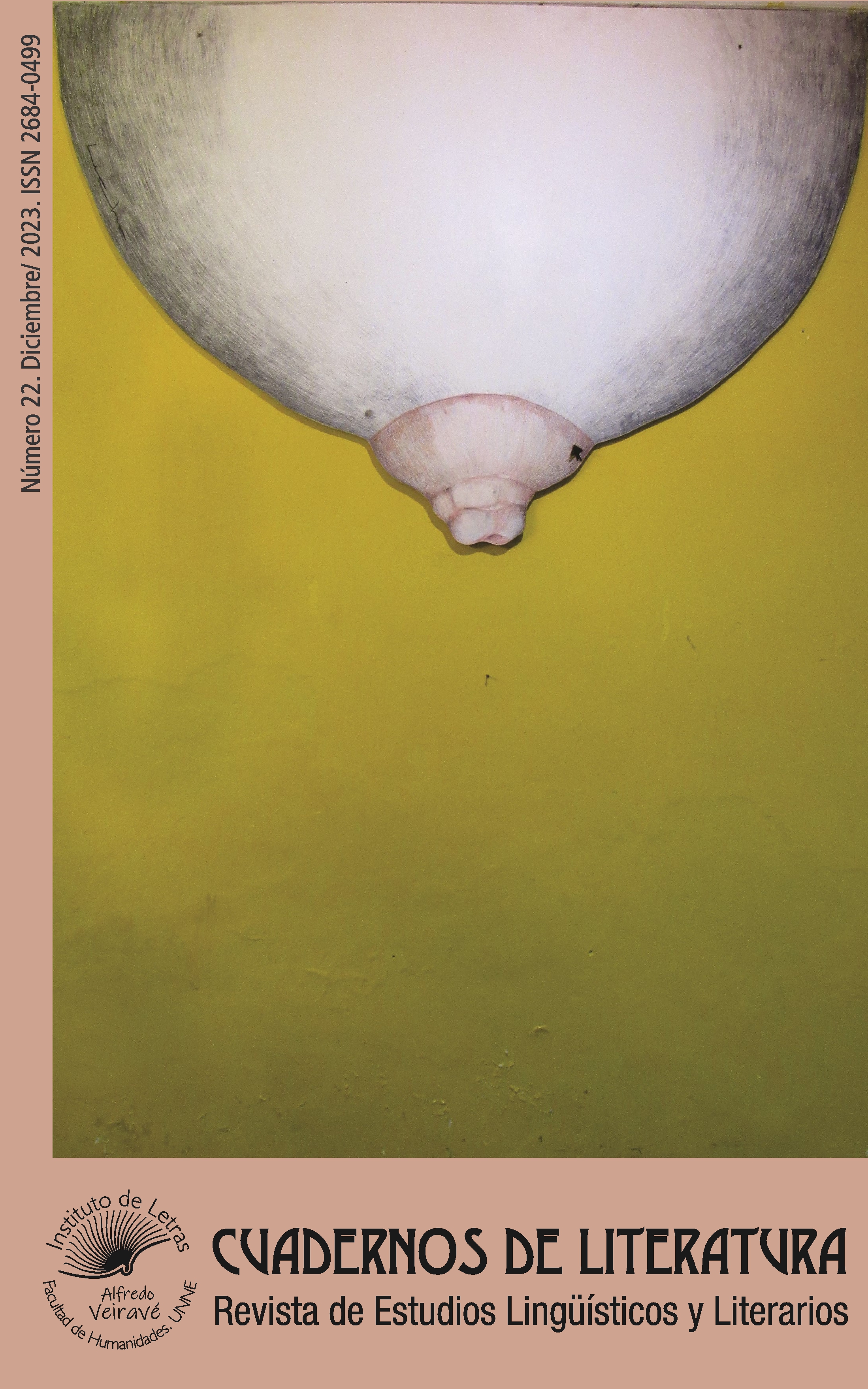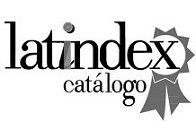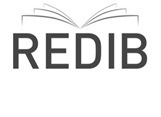AICLE: Metodologías para el éxito de la inclusión educativa
DOI:
https://doi.org/10.30972/clt.227308Palabras clave:
enseñanza bilingüe, enfoque AICLE, metodologías activas, estrategias de andamiaje, planificaciónResumen
Ante la rápida expansión del enfoque AICLE en toda Europa y el desarrollo de políticas educativas que promueven el plurilingüismo y la educación inclusiva y de calidad, los docentes nos encontramos con la necesidad de afrontar los retos que nos plantea la enseñanza bilingüe. El enfoque AICLE ha demostrado tener muchos beneficios, pero a su vez plantea desafíos que nos invitan a reflexionar acerca de nuestras prácticas docentes. Según estudios recientes, una de las mayores dificultades es diseñar entornos de aprendizaje donde contenidos y lengua extranjera se adquieran atendiendo a la diversidad del aula. Para hacer frente a esta realidad, se proponen la implementación de metodologías activas junto al uso de estrategias de andamiaje que contribuyan a la construcción de conocimiento de contenido y lengua como medidas de inclusión educativa.









52.jpg)









